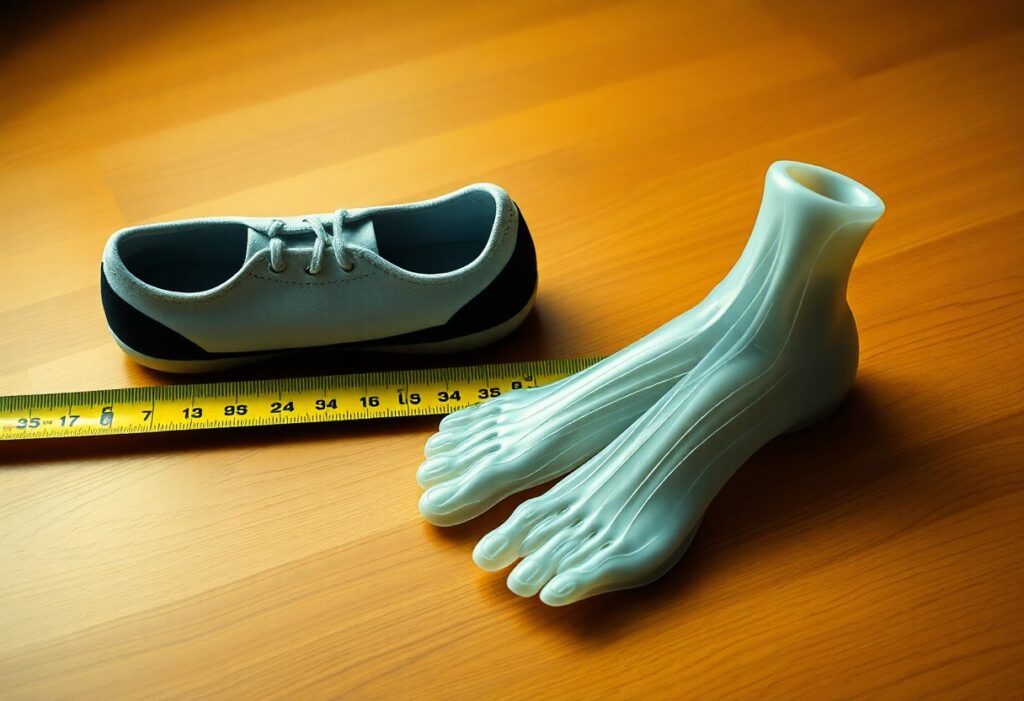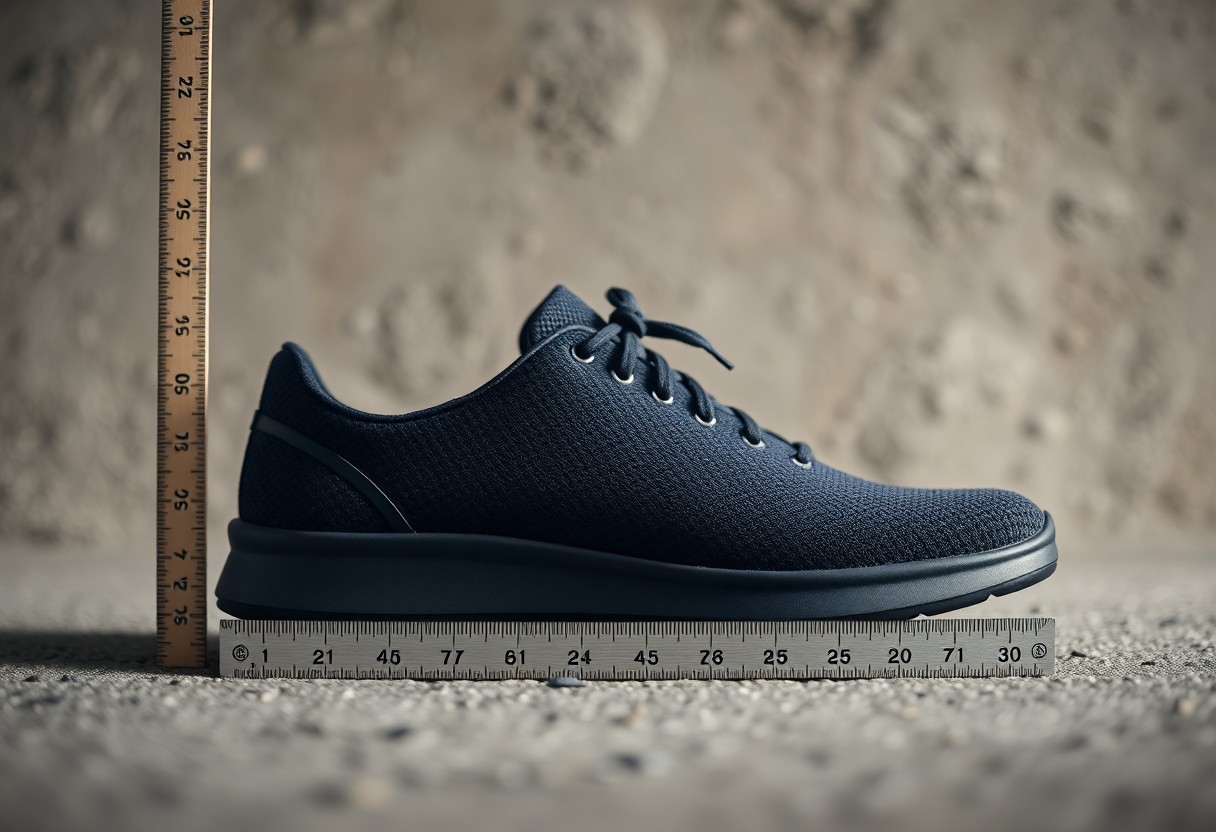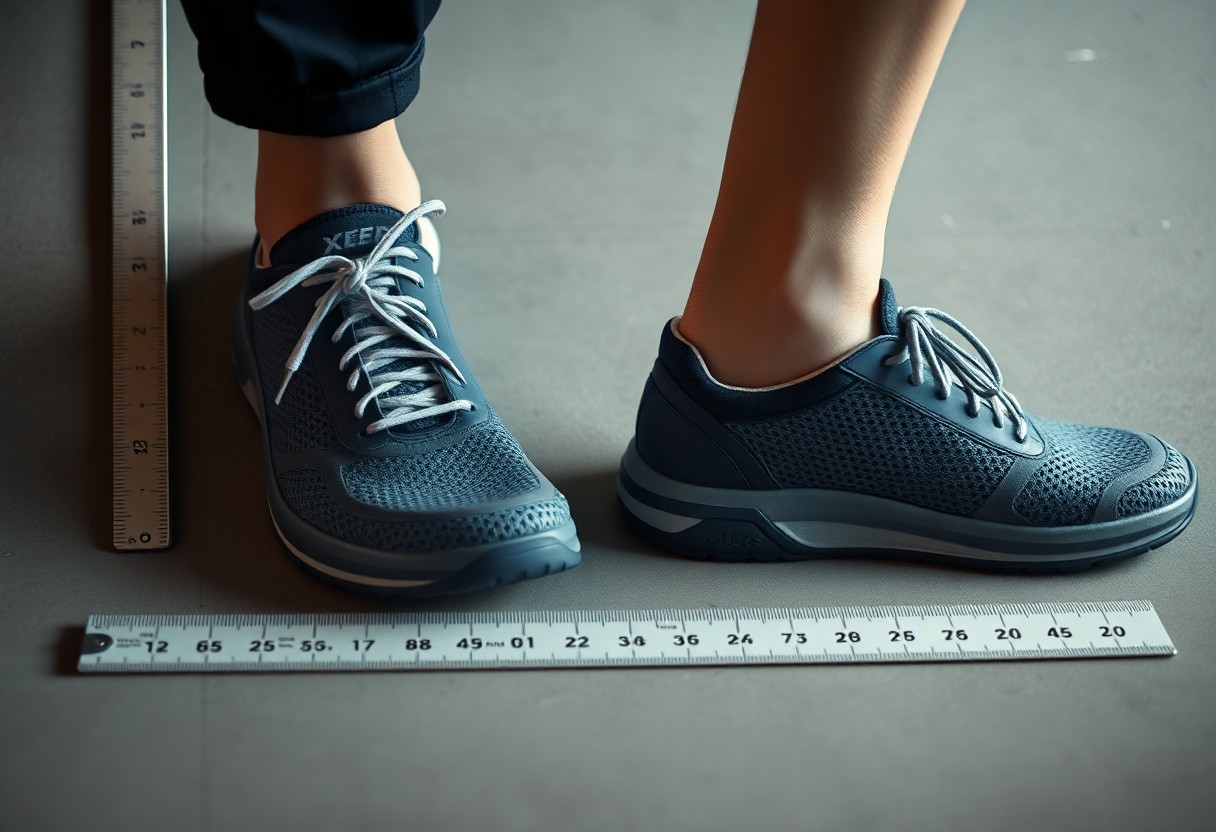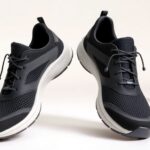
Choosing the ideal footwear is crucial, and size holds significant importance, particularly when considering Xero Shoes. To ensure your comfort and promote optimal foot health, it is essential to thoroughly understand how Xero Shoes fit, the specifications regarding their toe box dimensions, and the implications of fitting discrepancies. Research indicates that numerous individuals, particularly those with distinct foot conditions, may benefit from options that are wider, underscoring the necessity to evaluate how Xero Shoes cater to your unique foot shape. This comprehensive examination will elucidate the complexities of sizing, empowering you to make a well-informed choice for your feet.

Discovering User Expectations for the Ideal Fit in Xero Shoes
When delving into Xero Shoes, prospective users frequently anticipate a fit that promotes natural foot movement while also offering sufficient space for toe splay. Many individuals seek footwear that caters to the unique contours of their feet, especially if they possess wider feet or elevated arches. Achieving a comfortable fit is imperative, as it can greatly enhance your overall performance and significantly reduce the risk of developing blisters or experiencing discomfort during extended wear. Understanding these expectations is key to selecting the right footwear.
Clarifying Common Misconceptions Regarding Fit in Xero Shoes
Numerous misconceptions often arise regarding the fit of Xero Shoes. Some users mistakenly believe that these shoes are designed solely for narrow feet, whereas they are actually crafted with a wider toe box intended to facilitate natural toe splay. Confusion surrounding sizing is prevalent, with many individuals uncertain whether they should choose a size larger or smaller compared to their regular footwear. Addressing these misunderstandings is crucial for making informed purchasing decisions.
A Thorough Review of User Feedback Regarding Fit
Feedback collected from users of Xero Shoes tends to reveal a mixture of satisfaction and challenges related to sizing. A considerable number of users praise the shoes for their generous toe box and overall comfort, particularly when transitioning from conventional footwear. However, some individuals express concerns over sizing inconsistencies, particularly with specific models like the Mesa Trail, where an 18% mismatch in sizing has been noted, largely attributed to variations in arch height. Understanding these experiences can guide prospective buyers in their choices.
Further exploration of user reviews provides insights into specific fit experiences. Customers frequently highlight the enhanced mobility and stability offered by Xero Shoes, especially on uneven terrain, which is supported by studies indicating an 11% increase in toe movement compared to standard footwear. However, users report differing sizes based on individual foot shape, leading to varied perceptions of fit. This variability in sizing emphasises the significance of understanding your unique foot dimensions when selecting the most suitable Xero Shoes for your activities.
Exploring Foot Anatomy: The Role of Width and Sizing Variability
The structure of your foot is crucial in determining the correct shoe size and fit, especially with specialised footwear like Xero Shoes. Variations in width, particularly in the toe box, can significantly impact both comfort and performance. A comprehensive understanding of how Xero Shoes accommodate foot width and sizing variations can empower you to make informed decisions regarding your footwear selections, ensuring that they align with your needs and enhance your activities.
Insights into Foot Anthropometry: A Thorough Comparative Analysis
A study involving 212 men diagnosed with diabetes indicated that the average forefoot width among these individuals was 4.5 mm wider than that of healthy counterparts. This finding underscores the necessity for broader toe boxes in therapeutic footwear, prompting brands like Xero Shoes to consider these anatomical variations in their designs. By acknowledging these differences, brands can better serve the diverse needs of consumers.
Identifying Sizing Discrepancies Across Various Xero Shoe Models
| Key Findings | Description |
|---|---|
| Width Requirements | Individuals with diabetes generally require a wider toe box, which influences their fit in Xero Shoes. |
| Toe Movement | Xero Shoes facilitate an 11% increase in toe splay compared to traditional footwear. |
| Model Consistency | 18% of reviews for the Mesa Trail model indicated inconsistencies in sizing. |
Examining Inconsistencies in Sizing Across Xero Shoe Models
Variability in sizing among different Xero models can significantly affect your overall satisfaction and fit. A review of 150 testimonials on Reddit revealed an 18% discrepancy in sizing for the Mesa Trail model. Many users attributed this to differences in instep height, suggesting that while the overall design aims for a more flexible fit, individual foot shapes can lead to unexpected sizing outcomes. Exploring user experiences can offer valuable insights, guiding you toward a pair that suits your specific foot profile.

Maximising Comfort and Performance Through Ideal Toe Splay
The aspect of toe splay is critical in influencing your overall comfort and performance while wearing Xero Shoes. Proper toe alignment is essential as it facilitates improved balance and efficient power transfer with each step. In contrast, traditional footwear often restricts toe movement, potentially compromising your natural gait and adversely affecting your foot health. Understanding how toe splay interacts with your footwear selection can greatly enhance your walking or running experience, ensuring lasting comfort throughout your activities.
Investigating Toe Movement in Minimalist Footwear
Minimalist footwear, such as Xero Shoes, allows your toes to move freely and spread naturally. This unrestricted movement is vital as it promotes better biomechanics and encourages full engagement of your foot muscles. Unlike traditional shoes that limit toe splay, minimalist designs provide a wider toe box, ultimately enhancing your foot’s natural function and comfort during various activities, thus improving your overall performance.
Evaluating the Impact of Xero Shoes on Toe Splay Efficiency
Research suggests that Xero Shoes can significantly improve toe splay efficiency, offering approximately 11% greater toe mobility than conventional hiking footwear. This enhanced mobility contributes to better stability and adaptability on uneven surfaces, enabling your movements to be more dynamic and responsive. In the context of hiking or trail running, this improved toe splay can have a considerable effect on your overall performance.
Enhanced toe mobility allows for more effective weight distribution and grip on diverse terrains, aiding in the prevention of blisters while also improving balance. By accommodating the natural positioning of your toes, Xero Shoes can alleviate discomfort caused by cramped toe spaces in conventional shoes. This combination of comfort and efficiency empowers you to navigate trails with increased confidence and reduced fatigue, making your outdoor activities more enjoyable.
Aligning Shoe Sizing with Your Physiological Requirements
Aligning your shoe sizing with your physiological needs involves a comprehensive understanding of individual foot shapes and dynamics. Research indicates a 4.5 mm increase in forefoot width among individuals with diabetes, highlighting that many users may necessitate wider toe boxes for optimal comfort and functionality. A proper fit takes into account not only length but also the natural splay of your toes. This awareness drives brands like Xero Shoes to refine their sizing methodologies, ensuring better alignment of footwear with a variety of foot structures, thus enhancing user satisfaction.
Consumer Guidance Based on Foot Structure
Understanding your foot structure is vital when selecting Xero Shoes. If your feet are wider or you have a high arch, you should consider opting for a larger size or exploring models known for their broader toe boxes. Regularly measuring your foot’s width and length can significantly assist in choosing the best fit. Furthermore, custom orthotics may enhance your overall experience by providing tailored support that complements the shoe’s design, ensuring maximum comfort.
Integrating Consumer Feedback into Design Enhancements
Consumer feedback is instrumental in driving design improvements within the Xero Shoes range. By thoroughly analysing reviews and fit issues reported by users, the brand has successfully implemented significant adjustments. These enhancements include widening the toe boxes and addressing sizing discrepancies observed in models such as the Mesa Trail, ensuring that feedback translates into better-fitting options for future releases.
Recent modifications based on user feedback have included increasing the space in the toe box to better accommodate a range of forefoot widths, addressing the 18% sizing discrepancy identified in customer reviews. By focusing on the needs highlighted by users, Xero Shoes guarantees that their designs not only improve mobility—evidenced by an 11% increase in toe movement on uneven terrain—but also provide a more accurate fit across various foot types. This commitment to addressing consumer feedback ensures that you find a shoe that feels customised to your unique requirements, enhancing both comfort and performance.

Imagining the Future of Footwear Sizing and Design
The evolution of shoe sizing and design is increasingly transitioning towards inclusivity and personalisation, highlighting the importance of accommodating a diverse array of foot shapes and sizes. Innovations in materials and construction techniques are enabling brands to develop footwear that not only fits well but also enhances both performance and comfort. As consumer expectations progress, manufacturers are concentrating on bridging the gap between traditional sizing standards and the unique anthropometric needs of their users.
Innovative Strategies for Footwear Fit: Meeting Consumer Expectations
Customisable features and wider toe boxes are becoming increasingly common among footwear brands, particularly in response to consumer feedback concerning comfort and fit. With studies demonstrating that individuals often require extra room in the toe area, especially those with broader feet, brands like Xero Shoes are adapting their designs to meet these specific needs. This shift not only boosts user satisfaction but also fosters foot health by permitting natural toe splay during movement, ultimately enhancing the overall user experience.
Utilising Technology for Tailored Shoe Solutions
Technological advancements play a pivotal role in achieving personalised shoe solutions. Innovations such as 3D foot scanning enable consumers to receive highly tailored recommendations based on their unique foot dimensions, resulting in improved fit accuracy. This is especially critical, as even minor misalignments in shoe fit can lead to discomfort or injury.
3D foot scanning technologies allow for the precise capture of your foot's distinct contours, revealing specific measurement variations that conventional sizing often overlooks. Brands are increasingly harnessing this data to create shoes that conform to your individual profile, rather than adhering to a one-size-fits-all approach. Moreover, virtual fitting technologies can simulate how various models will fit, simplifying the process of selecting shoes that cater not only to your foot shape but also to your activity level and preferences. Consequently, the footwear industry is progressing towards a future where you can experience unparalleled comfort and support tailored specifically to your individual needs.
Essential Insights on the Fit and Sizing of Xero Shoes
In light of this discussion, it is crucial to acknowledge that Xero Shoes may differ in fit compared to traditional footwear due to variations in toe box dimensions and sizing discrepancies. Research suggests that a wider toe splay is beneficial for maintaining foot health, particularly for individuals with specific conditions such as diabetes. Given that numerous users have shared mixed experiences regarding sizing, evaluating your foot's width and height is essential in determining the best fit for your unique requirements.
The Article Are Xero Shoes True to Size? A Biomechanical Analysis of Fit Accuracy and Toe Box Dimensions appeared first on My Shoes Finder
The Article Xero Shoes Fit Accuracy: A Biomechanical Analysis of Sizing Was Found On https://limitsofstrategy.com







